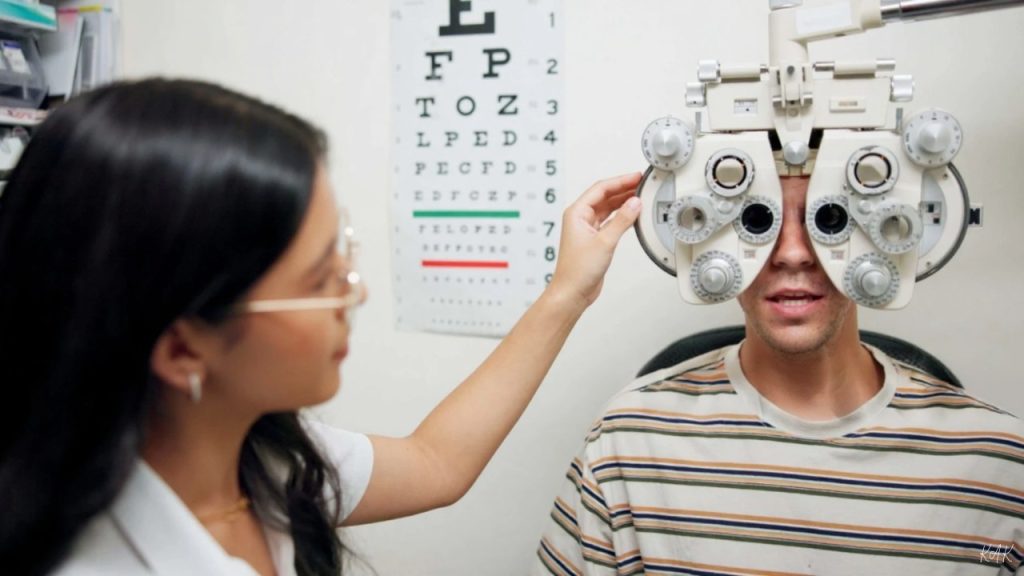
When Should You Update Your Eyeglass Prescription? A Guide to Timing Your Refraction Exams

Many people in New York and beyond wear glasses every day, yet few stop to think about when their prescription was last updated. Clear vision is essential not only for reading, driving, and working but also for long-term eye health. The timing of your next refraction eye exam can make all the difference between struggling with blurry vision and enjoying life with crystal clarity. So, how often should you update your eyeglass prescription? Let’s break it down.
Why Refraction Exams Matter
A refraction exam is the process that determines the exact prescription needed for eyeglasses or contact lenses. It measures how light bends as it enters your eyes, revealing issues like nearsightedness, farsightedness, astigmatism, or age-related presbyopia. More than a routine check, this exam is key to detecting subtle vision changes that you may not even notice day to day, but which could impact your work, safety, and overall quality of life.
General Guidelines for Updating Prescriptions
There is no one-size-fits-all rule for when to update your prescription, but most eye care professionals recommend a new refraction exam every one to two years. The timing depends on age, health, and whether you already have known eye conditions.
- Children and teens: Because their eyes are still developing, yearly exams are essential to ensure proper vision for learning and growth.
- Adults under 40: If you have no underlying issues and stable vision, an exam every two years may suffice.
- Adults 40–60: At this stage, vision can change more quickly, especially with the onset of presbyopia. Annual exams are recommended.
- Adults over 60: More frequent checks are crucial due to the increased risk of cataracts, glaucoma, and macular degeneration.
These guidelines ensure your glasses keep pace with your eyes, reducing strain, headaches, and blurred vision caused by outdated prescriptions.
Special Circumstances That Require an Earlier Exam
Sometimes, waiting for your “next scheduled exam” isn’t enough. Certain signs and conditions mean you should update your eyeglass prescription sooner:
- Frequent headaches or eye strain while reading or using screens.
- Difficulty seeing at night or while driving.
- Sudden blurry vision, double vision, or light sensitivity.
- Medical conditions such as diabetes or high blood pressure can affect vision more rapidly.
- Past eye surgeries or a family history of eye disease.
Addressing these changes promptly can prevent discomfort and protect long-term eye health.
The Role of Lifestyle in Timing Exams
For New Yorkers who spend hours on digital devices, vision can change more quickly due to screen fatigue and blue light exposure. Those who work outdoors, in low-light environments, or drive professionally may also need more frequent updates. A personalized approach, guided by your optometrist, is always the best strategy.
Final Thoughts
Updating your eyeglass prescription isn’t just about sharper sight – it’s about protecting your eyes for the future. Whether you’re a parent ensuring your child sees clearly at school, a professional navigating long workdays, or an older adult monitoring age-related changes, knowing when to schedule your next exam is critical. Regular, timely checkups give you the confidence that your vision is in safe hands.
Check out additional lifestyle resources here.

